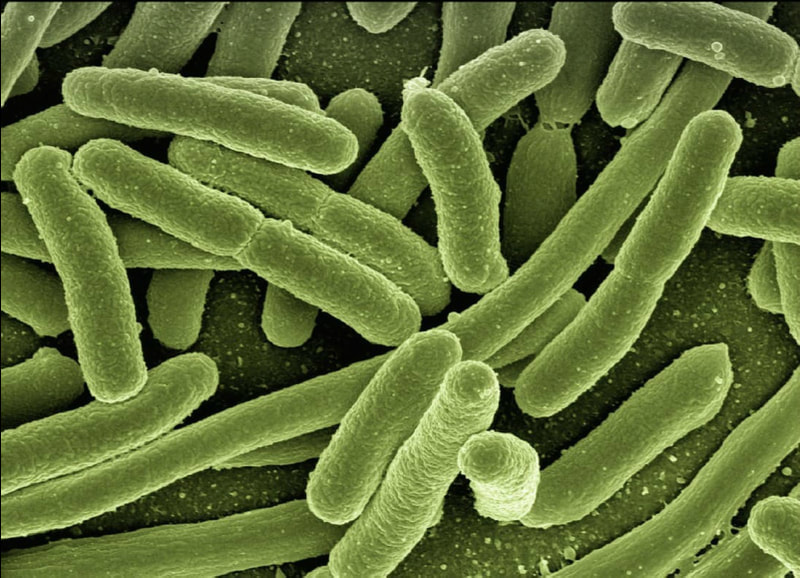Light Therapy for Depressive Episodes in Bipolar Disorder
With an estimated 45 million people suffering from bipolar disorder (BD) globally, researchers are exploring alternatives to traditional therapy that can alleviate the effects of BD. Bipolar disorder is a mental disorder characterized by intense mood shifts that can affect one’s ability to function. These changes can range from extreme depressive episodes to energized manic episodes that can each last for months. Most common are periods of hypomania, which are milder manic episodes.
Recently, light therapy has risen in popularity as a mechanism for minimizing the effects of seasonal depression. Light therapy involves sitting in front of a fluorescent light box for a set period of time. This light stimulates cells in the retina, or the cells lining the back of the eye, that connect to the hypothalamus. This is an area of the brain that balances circadian rhythms. Researchers believe that activating the hypothalamus with light can help restore circadian rhythms to better regulate mood and sleep. Historically, light therapy has not been considered for bipolar individuals out of the concern that it might induce a hypomanic episode. Thus, the Eindhoven Center for Bipolar Disorders conducted a study to test the impact of light therapy on seasonal depressive episodes in bipolar patients. To reduce the risk of a hypomanic episode, researchers frequently monitored patient mood throughout the trial.
Recently, light therapy has risen in popularity as a mechanism for minimizing the effects of seasonal depression. Light therapy involves sitting in front of a fluorescent light box for a set period of time. This light stimulates cells in the retina, or the cells lining the back of the eye, that connect to the hypothalamus. This is an area of the brain that balances circadian rhythms. Researchers believe that activating the hypothalamus with light can help restore circadian rhythms to better regulate mood and sleep. Historically, light therapy has not been considered for bipolar individuals out of the concern that it might induce a hypomanic episode. Thus, the Eindhoven Center for Bipolar Disorders conducted a study to test the impact of light therapy on seasonal depressive episodes in bipolar patients. To reduce the risk of a hypomanic episode, researchers frequently monitored patient mood throughout the trial.
Image Source: Benn Blennerhassett
The study ran from September to April in both 2017-2018 and 2018-2019 for 58 bipolar patients who self-reported their mood using the Quick Inventory of Depressive Symptomatology (QIDS) questionnaire. The QIDS consists of 16 questions that evaluate common symptoms of depressive episodes as defined by the Diagnostic and Statistical Manual of Mental Disorders (DSM). A QIDS score of six or higher suggested an individual was experiencing a depressive episode, thus qualifying them for the trial. Patients received light therapy for 7, 14, or 21 days, ending once their QIDS score was less than six, thus indicating the patient was no longer in a depressive state. The researchers administered 10,000 lux of light from 50 centimeters away to each participant. Patients received daily therapy for 30 minutes between 8 AM and 11 AM, either at the facility or at home.
The study found that QIDS scores were consistently lower post-therapy compared to pre-therapy scores. The researchers gave the patients surveys before starting the trial, then again on the 7th, 14th, and 21st day. They discovered that 55% of the treatments led to complete remission from a depressive state, meaning that over half the patients with initial QIDS scores over six ended with scores under six. Of the patients who did not end with scores under six, 57% saw a decrease of at least 50% in their scores, indicating they too saw significant mood improvements post-therapy. Researchers gave this survey again two weeks post-therapy and saw scores were still significantly lower than pre-therapy scores. These results suggest light therapy can have long-term effects even after administration and could potentially even prevent depressive episodes from occurring.
Though these results were significant, further studies would be necessary to confirm them. This study was restricted by its smaller sample size. Additionally, since it only compared results to the patient’s initial state, there was no true control to observe how their mood would have progressed without light therapy. Since patients were receiving supplementary help at the center, future studies should also aim to administer light therapy alone to isolate its effects. Furthermore, since patients could receive their therapy at home or at the center, additional environmental controls on light administration are recommended. Even with these considerations, this study is nonetheless relevant for proposing light therapy as a safe solution for individuals with bipolar disorder, potentially opening the door for applications of light therapy to other mood disorders.
The study found that QIDS scores were consistently lower post-therapy compared to pre-therapy scores. The researchers gave the patients surveys before starting the trial, then again on the 7th, 14th, and 21st day. They discovered that 55% of the treatments led to complete remission from a depressive state, meaning that over half the patients with initial QIDS scores over six ended with scores under six. Of the patients who did not end with scores under six, 57% saw a decrease of at least 50% in their scores, indicating they too saw significant mood improvements post-therapy. Researchers gave this survey again two weeks post-therapy and saw scores were still significantly lower than pre-therapy scores. These results suggest light therapy can have long-term effects even after administration and could potentially even prevent depressive episodes from occurring.
Though these results were significant, further studies would be necessary to confirm them. This study was restricted by its smaller sample size. Additionally, since it only compared results to the patient’s initial state, there was no true control to observe how their mood would have progressed without light therapy. Since patients were receiving supplementary help at the center, future studies should also aim to administer light therapy alone to isolate its effects. Furthermore, since patients could receive their therapy at home or at the center, additional environmental controls on light administration are recommended. Even with these considerations, this study is nonetheless relevant for proposing light therapy as a safe solution for individuals with bipolar disorder, potentially opening the door for applications of light therapy to other mood disorders.
Featured Image Source: Shubham Kumar
RELATED ARTICLES
|
Vertical Divider
|
Vertical Divider
|
Vertical Divider
|






